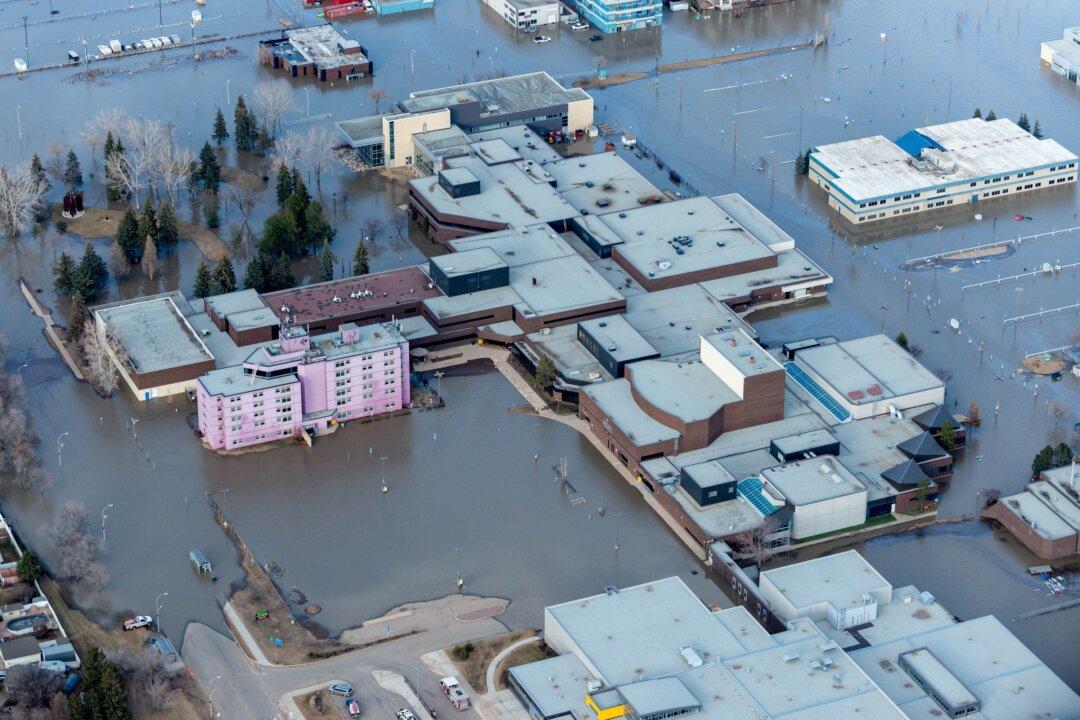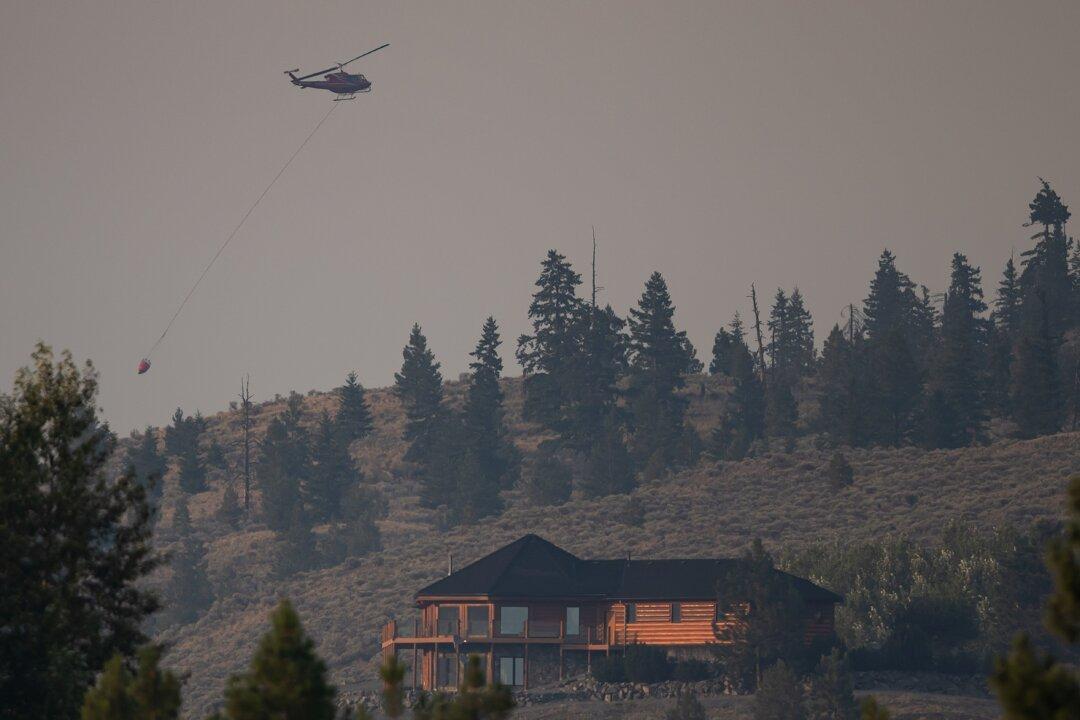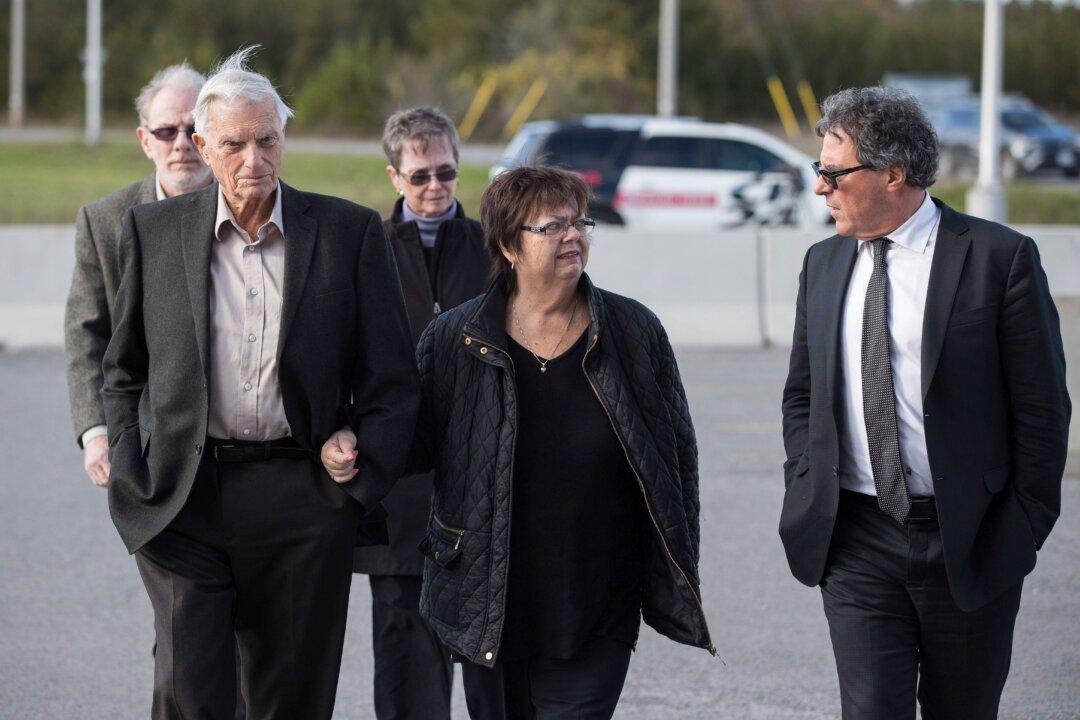Paul Rothwell’s plumbing shop in Fort McMurray’s Lower Townsite was one of hundreds of businesses and homes deluged after the spring thaw turned ice jams on the Athabasca and Clearwater rivers into a giant bowl of expanding water.
“I’ve made millions in Fort McMurray and I’ve lost millions in Fort McMurray, but it’s home,” said Rothwell, whose 25-year plumbing business sat in three feet of water at the height of the flooding.





